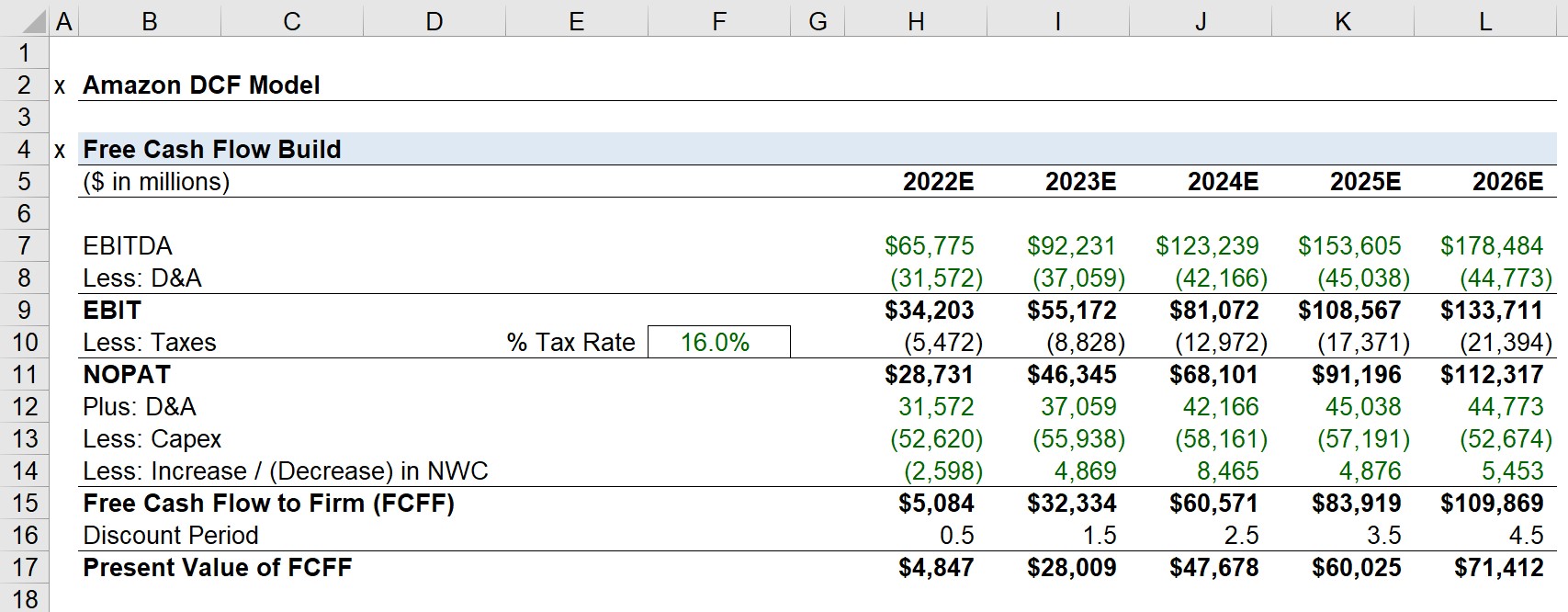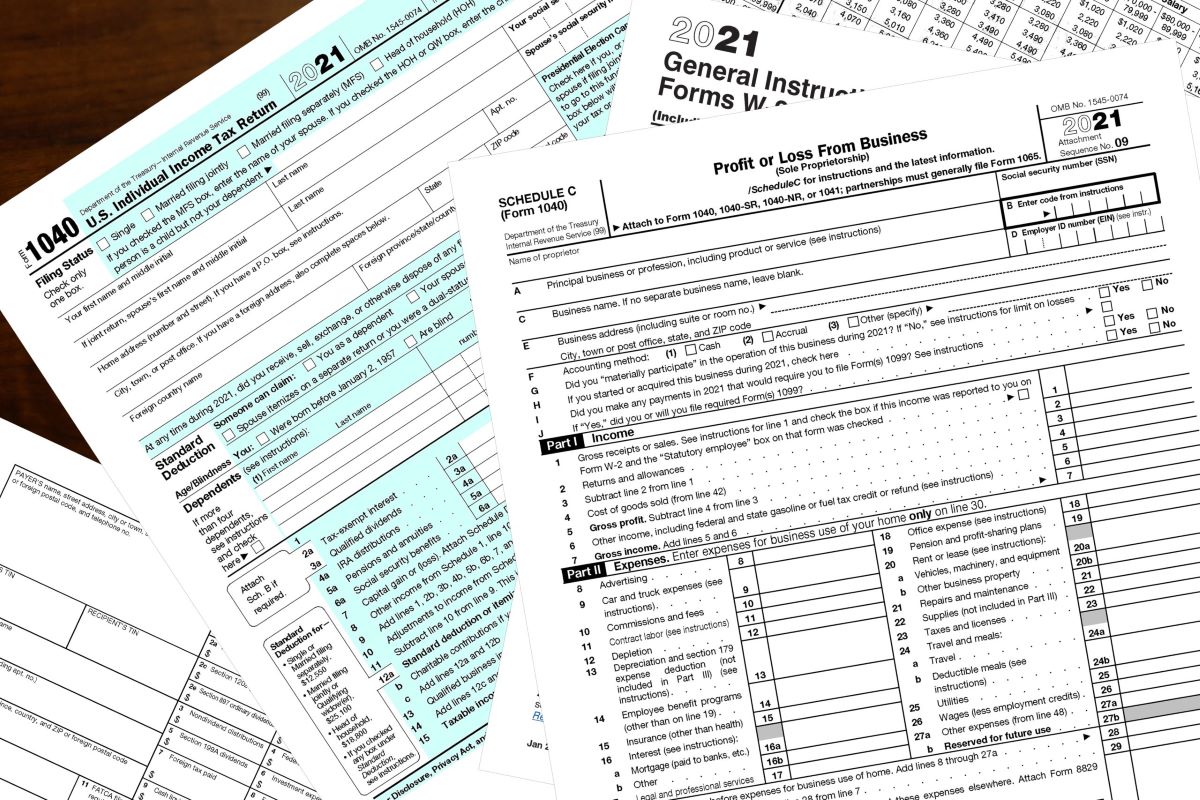Home>Finance>Amazon Effect: Definition, Statistics, Impact On Consumers


Finance
Amazon Effect: Definition, Statistics, Impact On Consumers
Published: October 6, 2023
Discover the Amazon Effect - its definition, statistics, and powerful impact on consumers. Explore how this phenomenon has revolutionized the world of finance.
(Many of the links in this article redirect to a specific reviewed product. Your purchase of these products through affiliate links helps to generate commission for LiveWell, at no extra cost. Learn more)
The Amazon Effect: Definition, Statistics, and Its Impact on Consumers
In today’s digital age, it is impossible to talk about the retail industry without mentioning the Amazon effect. Amazon has completely revolutionized the way we shop, changing consumer behavior and reshaping the entire retail landscape. But what exactly is the Amazon effect and how has it impacted consumers? In this blog post, we will delve into the definition of the Amazon effect, share some compelling statistics, and explore its profound impact on consumers.
Key Takeaways:
- The Amazon effect refers to the dramatic shift in consumer behavior and the disruption of traditional retail caused by Amazon’s dominance and innovation.
- Amazon’s market presence continues to grow rapidly, with staggering statistics showcasing its reach and influence in the retail industry.
Definition of the Amazon Effect
The Amazon effect can be defined as the significant changes in consumer behavior and the retail industry brought about by Amazon’s unparalleled success and innovation. With its vast selection, competitive pricing, and convenient shopping experience, Amazon has become the go-to platform for millions of consumers worldwide. This has dramatically impacted brick-and-mortar stores, leading to closures and bankruptcies for many traditional retailers unable to keep up with the online giant.
Statistics Reflecting Amazon’s Dominance
To truly understand the magnitude of the Amazon effect, let’s consider some eye-opening statistics:
1. Market Share: According to eMarketer, Amazon accounted for a staggering 53.2% of all online retail sales in the United States in 2020. This means that more than half of all online purchases made by consumers were on Amazon, showcasing its dominance in the market.
2. Prime Memberships: In 2020, it was estimated that there were over 126 million Amazon Prime memberships in the United States alone. This subscription service offers benefits like free and fast shipping, access to streaming services, and exclusive deals, making it incredibly appealing for consumers.
3. E-commerce Growth: Amazon’s net sales have been growing consistently over the years, reaching a staggering $386 billion in 2020. This growth has been fueled by the company’s ability to continuously innovate and provide a seamless shopping experience for its customers.
These statistics highlight Amazon’s power and influence in the retail industry, making it clear that the Amazon effect is not to be underestimated.
Impact of the Amazon Effect on Consumers
The Amazon effect has had a profound impact on consumer behavior, bringing forth both advantages and disadvantages:
1. Convenience and Choice: Amazon’s seamless user interface, fast shipping options, and vast product selection have made online shopping more convenient than ever before. Consumers can easily find and purchase products from the comfort of their own homes, saving time and effort.
2. Increased Competition and Lower Prices: The rise of Amazon has forced other retailers to step up their game in terms of pricing and customer experience. This has resulted in increased competition, ultimately benefiting consumers with lower prices and better deals.
3. Shift towards E-commerce: The Amazon effect has accelerated the shift towards e-commerce, with more consumers choosing to shop online rather than at brick-and-mortar stores. This shift has further intensified during the COVID-19 pandemic, where online shopping became a necessity for many.
However, it is important to acknowledge that the Amazon effect has also raised concerns related to data privacy, labor practices, and the impact on local businesses. These complexities must be taken into account as we examine the full scope of the Amazon effect on consumers.
In conclusion, the Amazon effect has transformed the retail industry, redefining the way consumers shop and creating a new standard for convenience and choice. As Amazon’s dominance continues to grow, it is crucial for retailers and businesses to adapt their strategies to stay competitive in the evolving digital landscape. By understanding the definition, statistics, and impact of the Amazon effect, we can navigate this changing terrain and make informed decisions.














